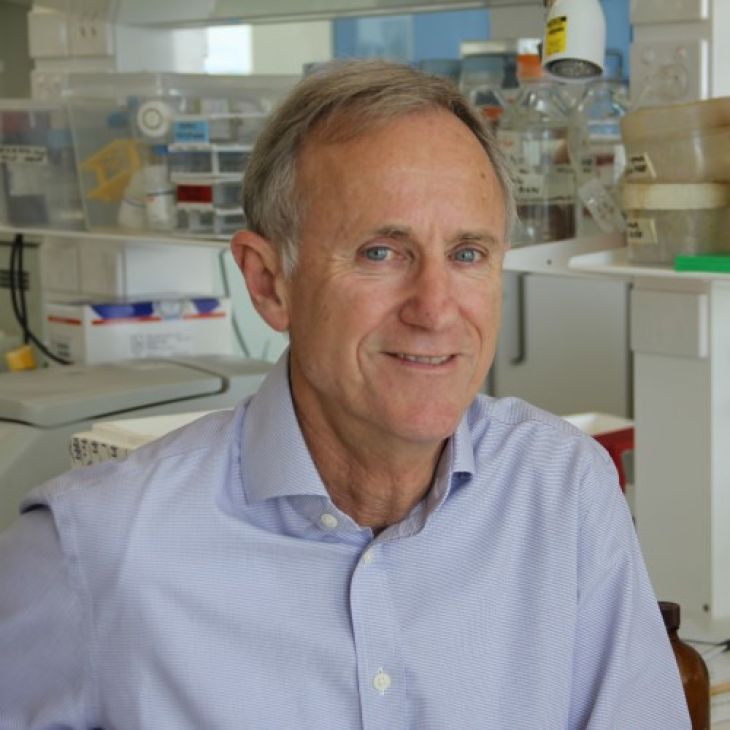15 February 2024
 UniSA/CCB Professor Greg Goodall, part of the team that made the landmark discovery.
UniSA/CCB Professor Greg Goodall, part of the team that made the landmark discovery.
Australian scientists have made a major discovery that could underpin the next generation of RNA-based therapeutics, and lead to more potent and longer-lasting RNA-based drugs with an even wider array of potential uses.
In a paper published overnight in the journal Nature, Peter MacCallum Cancer Centre scientists Vi Wickramasinghe and Linh Ngo and collaborator Greg Goodall at the University of South Australia and SA Pathology’s Centre for Cancer Biology, have described a new pathway that could help to overcome a major drawback of RNA-based therapeutics to date.
Currently these breakthrough therapeutics utilise mRNA – injectable genetic material that produces a desired therapeutic or vaccine effect, but they can also break down quickly once absorbed into the human body.
“It’s the linear shape of mRNA that makes it relatively unstable and lack durability inside the body and this has been a limiting factor in the potential application of RNA-based therapeutics for diseases such as cancer,” explains Dr Wickramasinghe, senior author on the paper.
“For this reason, there’s a rising interest and excitement about another more robust form of RNA – known as circular or circRNA – which has the shape of a closed loop of genetic material, making it much more durable. However key features of how circRNA operates within cells has remained a mystery - until now.”
The scientists have discovered how circular RNAs, which are made in the nucleus of cells, are actively transported out of the nucleus to their site of action in the body of the cell (the “cytoplasm”). Understanding this pathway is a major step towards harnessing circRNA for therapeutic purposes, in much the same way as mRNA.
“Intriguingly, this mechanism resembles the way some proteins are transported out of the nucleus rather than the mechanisms employed to export other types of RNA,” says Prof Goodall.
“This further cements evidence these circular RNAs, of which there are many different types, are made to carry out important functions in the cell – a contention that has been unclear for most of the circular RNAs discovered to date.
“Now this molecular mechanism is worked out, it opens up possibilities for manipulating it for beneficial outcomes such as disease therapies.”
The research is a collaboration between the Peter Mac Callum Cancer Centre and the Centre for Cancer Biology at SA Pathology and the University of South Australia, and was funded by the NHMRC, veski, the Victorian Cancer Agency and National Breast Cancer Foundation (NBCF).
Dr Wickramasinghe says when this work began in 2017 it was “purely fundamental, blue sky discovery research” and years before the COVID pandemic would herald the arrival of the world’s first mRNA vaccines.
“No one could have predicted how mRNA-based therapeutics would change medicine, nor the tremendous potential for circRNAs in underpinning the next generation of RNA-based therapeutics,” Dr Wickramasinghe says.
The paper, titled “Nuclear export of circular RNA”, can be read in full at www.nature.com/articles/s41586-024-07060-5
Media contact: Candy Gibson M: 0434 605 142 E: [email protected]
Researcher: Professor Greg Goodall E: [email protected]







